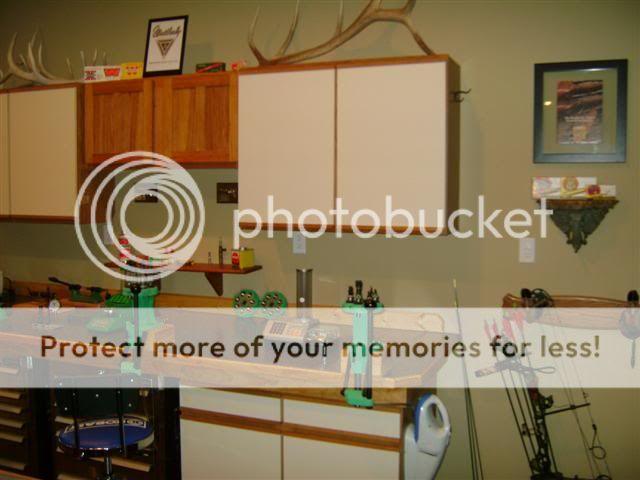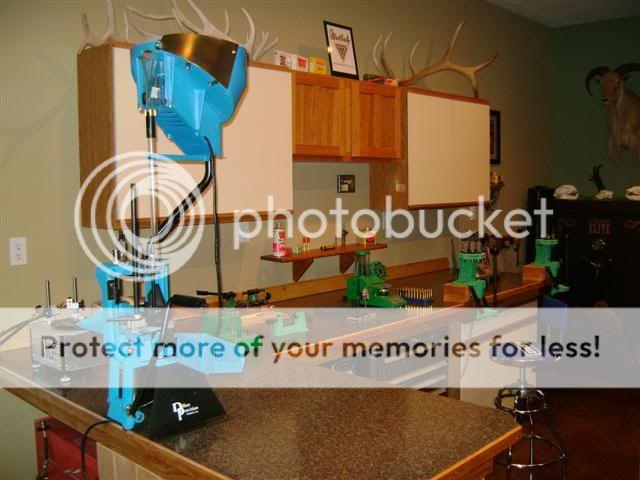predatorshark
New Member
Hi! everyone
Yep... my first thread. I want to start reloading my own ammo and I'm really not sure which press I'm gonna get. The caliber i will reload (as a start, anyway) are: .308 win, 223 rem, 9mm para pistol.
Turret or single stage, milk or no milk, vanilla or chocolate??? i guess you see my point
I don't shoot a lot, but it's a growing interest for me so it will surely go up (my shooting of course!)
One of my friend say's single is the way to go. nothing to complicated and you can reload almost all caliber and with great precision. In a sense i know he's right, but I'm not that convince.
Oh! one more thing, i don't have a ammo factory budget, more of a tight one!!!
So, if anyone out there can give their ideas or suggestions lightbulb
Thanks in advance!
JF
Yep... my first thread. I want to start reloading my own ammo and I'm really not sure which press I'm gonna get. The caliber i will reload (as a start, anyway) are: .308 win, 223 rem, 9mm para pistol.
Turret or single stage, milk or no milk, vanilla or chocolate??? i guess you see my point
I don't shoot a lot, but it's a growing interest for me so it will surely go up (my shooting of course!)
One of my friend say's single is the way to go. nothing to complicated and you can reload almost all caliber and with great precision. In a sense i know he's right, but I'm not that convince.
Oh! one more thing, i don't have a ammo factory budget, more of a tight one!!!
So, if anyone out there can give their ideas or suggestions lightbulb
Thanks in advance!
JF


